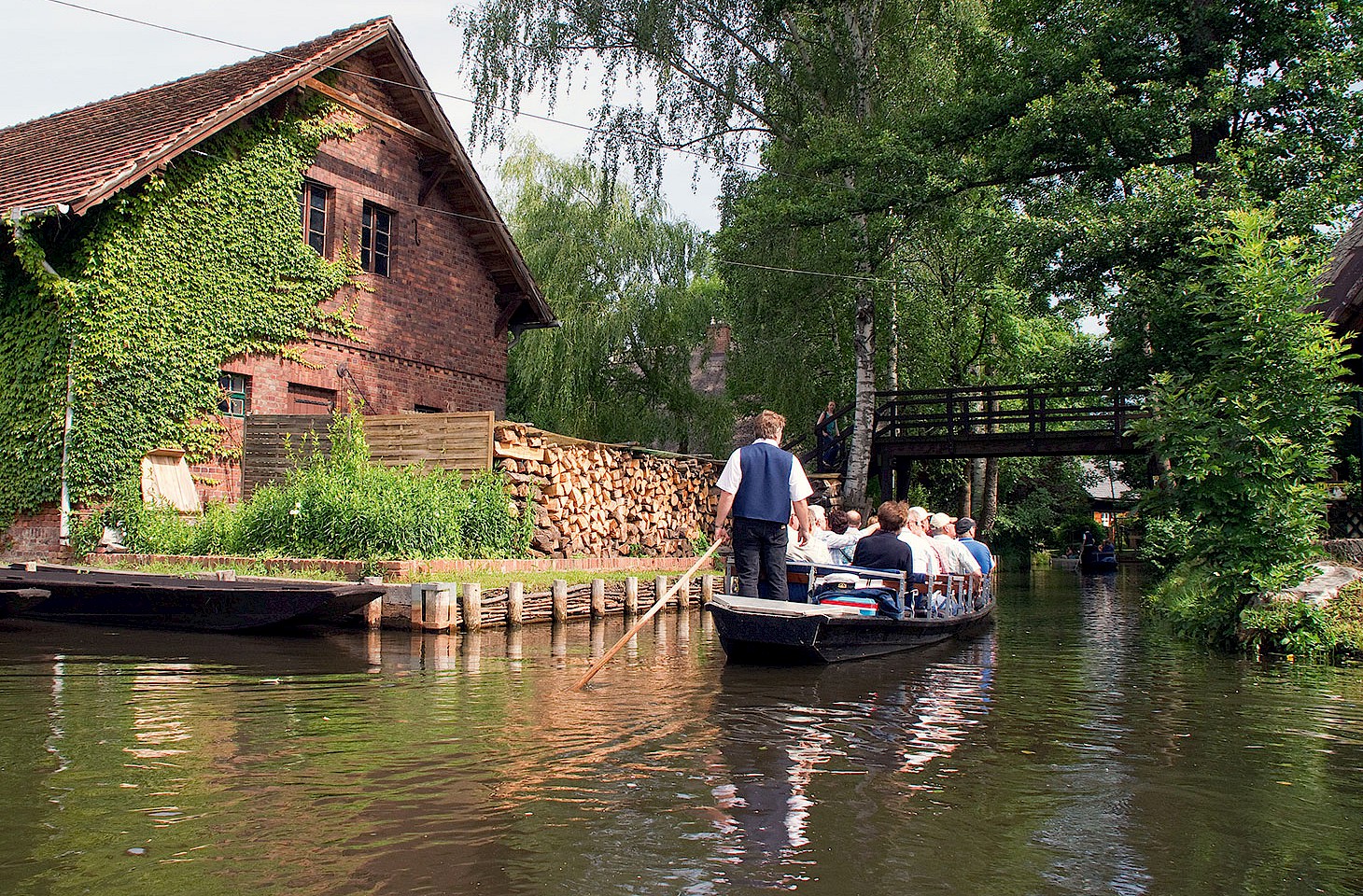The beach at Sankt Peter-Ording is shrouded in mist. As we walk, ghostly figures emerge at the water’s edge. Restaurants built on stilts to lift them up above the tides appear out of the gloom. In the shallows, a sanderling skips along in search of something to eat just below the surface. For now, the small bird is occupying the space where the land of northern Germany meets the North Sea. But only for now. To walk on the beaches and mudflats of the Wadden Sea (as it is called here) is to know that sometime soon, where you walk will inevitably become the seabed.
A boardwalk links the beach with the hotels, guesthouses and apartment blocks, all tucked away behind the dyke that protects Sankt Peter-Ording from the highest of tides and storm surges. To reach the town, the boardwalk passes over a wide expanse of dunes and salt meadows, the latter criss-crossed with tidal creeks, channels and narrow footpaths. One of these trails is marked out as a Naturpfad, a nature trail which gives visitors a chance to experience this special and protected landscape without doing too much damage.
The mist hovers just above the tall grass that waves in the wind between clumps of sea lavender and sea wormwood. As we wander along the trail we spy reed buntings and bearded tits. A kestrel flutters in place, perfectly balanced and poised in search of lunch. More than fifty bird species call these salt marshes home. Two thousand varieties of insect. South of the marshes the mudflats stretch out towards the blurred and fuzzy horizon. Even if the mist were to lift, one suspects, it would be hard to work out where the land truly ends and the sea begins.
A protected landscape
This is the Wadden Sea, a coastal region that stretches from the Netherlands to Denmark and is home to the largest tidal flats in the world. For some, it’s simply where the North Sea meets the European mainland. But that overlooks that the shifting shallows of the Wadden Sea have their own very special marine ecosystem, underpinned by distinctive geomorphology and hydrology which have profoundly affected human settlement in this region.
Inscribed on UNESCO’s World Heritage List in 2009, the Wadden Sea National Park and its surrounding region is a place where balances have long needed to be struck. Between the water and the land. Between cultivation and protection. Between the needs of those who live here all year round and those who are passing through.
Along Schleswig-Holstein’s North Sea coast, about two fifths of the region’s income is from tourism. In the last year before the pandemic, there were some 19 million overnight stays and 13 million day trippers. They come for the landscape and the light. The fresh air and the big skies. For the resorts that string out along the Wadden Sea shore.




